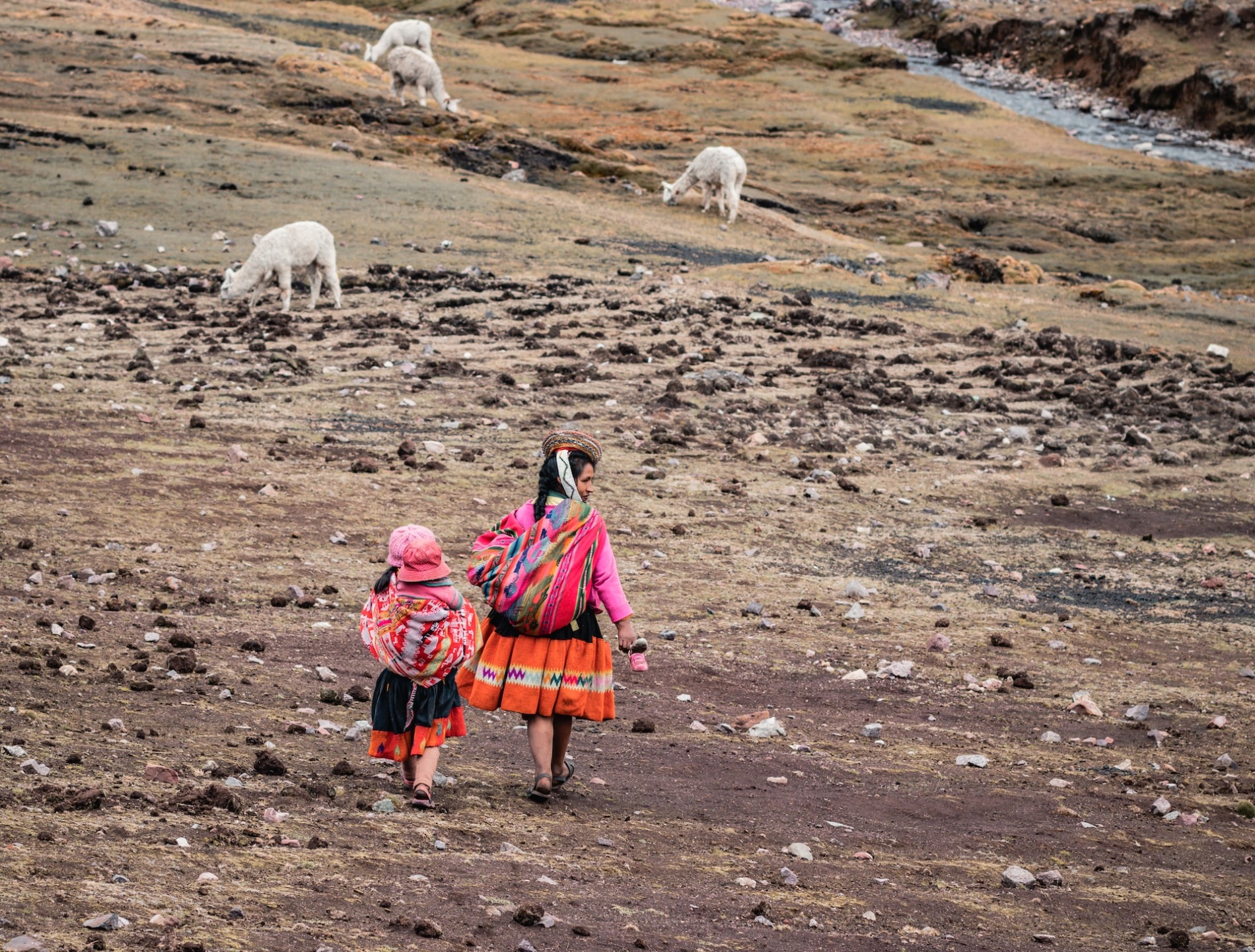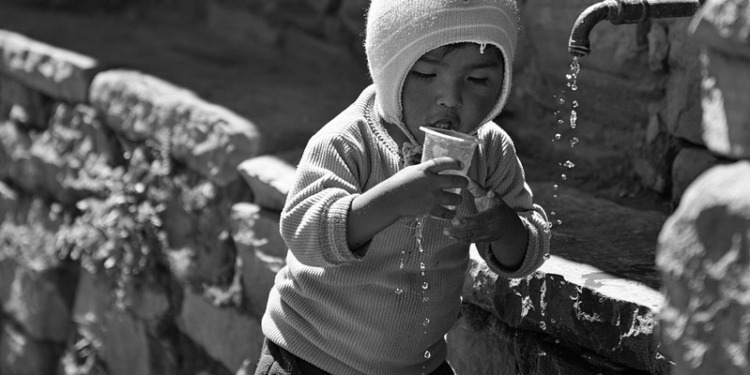Water stewardship is more than just a buzzword. It is a critical approach to managing water resources responsibly and sustainably
Why Does Water Stewardship Matter for Sustainable Development?
As global warming and droughts become more frequent, responsible water management needs to take centre stage in our quest for sustainability.
Water stewardship requires an active commitment to protect, conserve, and manage water sustainably. It also involves recognising the intricate connections between water, ecosystems, and human well-being. Simply put, it emphasises the responsible use of water to meet the needs of the present without compromising the ability of future generations to meet their own needs.
The UN has already recognised the importance of water stewardship as one of its key sustainable development goals. Currently, it is listed as sustainable development goal 6: Clean Water and Sanitation.

The goal is clear. To achieve universal universal and equitable access to safe and affordable drinking water for everyone and access to adequate and equitable sanitation and hygiene.
SDG 6’s significance extends beyond the individual focus on clean water and conservation. It also serves as a linchpin for the achievement of several other SDGs, such as:
Life Below Water (SDG 14) and Life on Land (SDG 15): Responsible water management is essential for preserving aquatic ecosystems (SDG 14) and terrestrial ecosystems (SDG 15). Ensuring clean water sources and protecting watersheds play a crucial role in maintaining biodiversity and supporting life on both lands and in water.
Gender Equality (SDG 5): Women and girls, particularly in low-income countries, often bear the responsibility of fetching water for their households. Access to clean water reduces the burden on women and girls, allowing them more time for education and economic opportunities.
Indigenous-Led Conservation for Water Stewardship
Centuries-old indigenous methods can play a key role in providing valuable lessons on harmonising our relationship with nature.
In Canada’s Arctic regions, the Inuit have been environmental stewards for generations. In their efforts, they educate the youth on monitoring water data like temperature, pH, salinity, and conductivity.
Additionally, they regularly observe signs of environmental change to monitor the impact of extractive industries on their territory. This knowledge is crucial in addressing rising sand levels in Canadian streams, often attributed to logging roads, which disrupt the natural balance. Over time, this enables them to impart their knowledge to governmental authorities, encouraging swift climate action.
Similarly, indigenous communities in Peru have adopted nature-based solutions to protect water sources.

The High Andes of Peru have faced water availability issues due to climate change, with rainfall often not reaching hillside communities. This has threatened the rituals and traditions of indigenous peoples as they grapple with food and water scarcity.
Despite these challenges, many Peruvian communities uphold ancient traditions.
In Huamantanga, a village in the Peruvian highlands, indigenous comuneros have preserved ingenious and sustainable water management techniques. They employ a system of water canals known as amunas, a Quechua word meaning “to retain”. These amuna canals are crucial for diverting wet season flows from mountain streams into natural infiltration basins.
The brilliance of the amuna system lies in its capacity to slow down the underground movement of water as it percolates through gravel and soil. Consequently, water re-emerges from springs months later, precisely when comuneros need it for crop irrigation.
What makes this practice even more remarkable is that most of the irrigation water eventually finds its way back to the rivers that supply Lima, benefiting both the highlands and the city.
Most Companies Unprepared for New ESG Rules, Report Finds | Health Flows From Safe Water
Government-Led Initiatives
The lessons from indigenous water stewards are invaluable. However, in today’s modern societies, governments must also play their role in achieving our global water stewardship objectives.
At the COP15 biodiversity summit, Canada pledged to protect 30% of its lands and waters by 2030. Alongside this was a commitment to invest $800 million to four Indigenous-led conservation initiatives. Such full-fledged support will ensure land and water in northern BCBC, Nunavut, Ontario, and the Northwest Territories are safeguarded against unfortunate environmental changes.
Similarly, the Biden Administration announced an allocation of $233 million for the Gila River Indian Community this year. This is a remarkable achievement, especially considering that the majority of the Gila River runs dry.
To overcome this challenge, the tribe has long used Central Arizona Project (CAP) water and groundwater, distributing them through intricate canal systems to meet the needs of the reservation.

“In the wake of record drought throughout the West, safeguarding Tribal access to water resources could not be more critical. These types of agreements will support Tribal communities through essential water infrastructure projects and support water conservation in the Colorado River System.”, Deputy Secretary Beaudreau.
The administration has also thrown its weight behind the Gila River Indian Community’s Reclaimed Water Pipeline Project. This initiative aims to bolster water reuse and ramp up conservation efforts along the Colorado River.
Across the Atlantic Ocean, Finland’s Water Stewardship Action Plan for 2023-2025 also sets a compelling example of how governments can proactively participate in water conservation.
Included within the plan is a wide spectrum of critical actions. These include sustainable and equitable water withdrawals and promoting nature-based solutions and regenerative agriculture.
Such a commitment fits into Finland’s 2030 sustainable agenda, as the European nation currently leads in the country’s sustainability rankings.
Blending Time-Honored Wisdom with Contemporary Governance
We can find the seeds of a sustainable future in the delicate dance between tradition and innovation. It is a reminder that our history is not separate from our future.
Simultaneously, as these grassroots movements flourish, governments worldwide must continue championing water conservation. Their unwavering support serves as the bedrock upon which our collective success stands.
When governments choose to stand alongside indigenous communities and water stewards, that is when we will witness positive changes that go far beyond meeting SDG 6.
Editor’s Note: The opinions expressed here by the authors are their own, not those of Impakter.com — In the Featured Photo: Young Child Drinking Water Featured Photo Credit: Flickr










